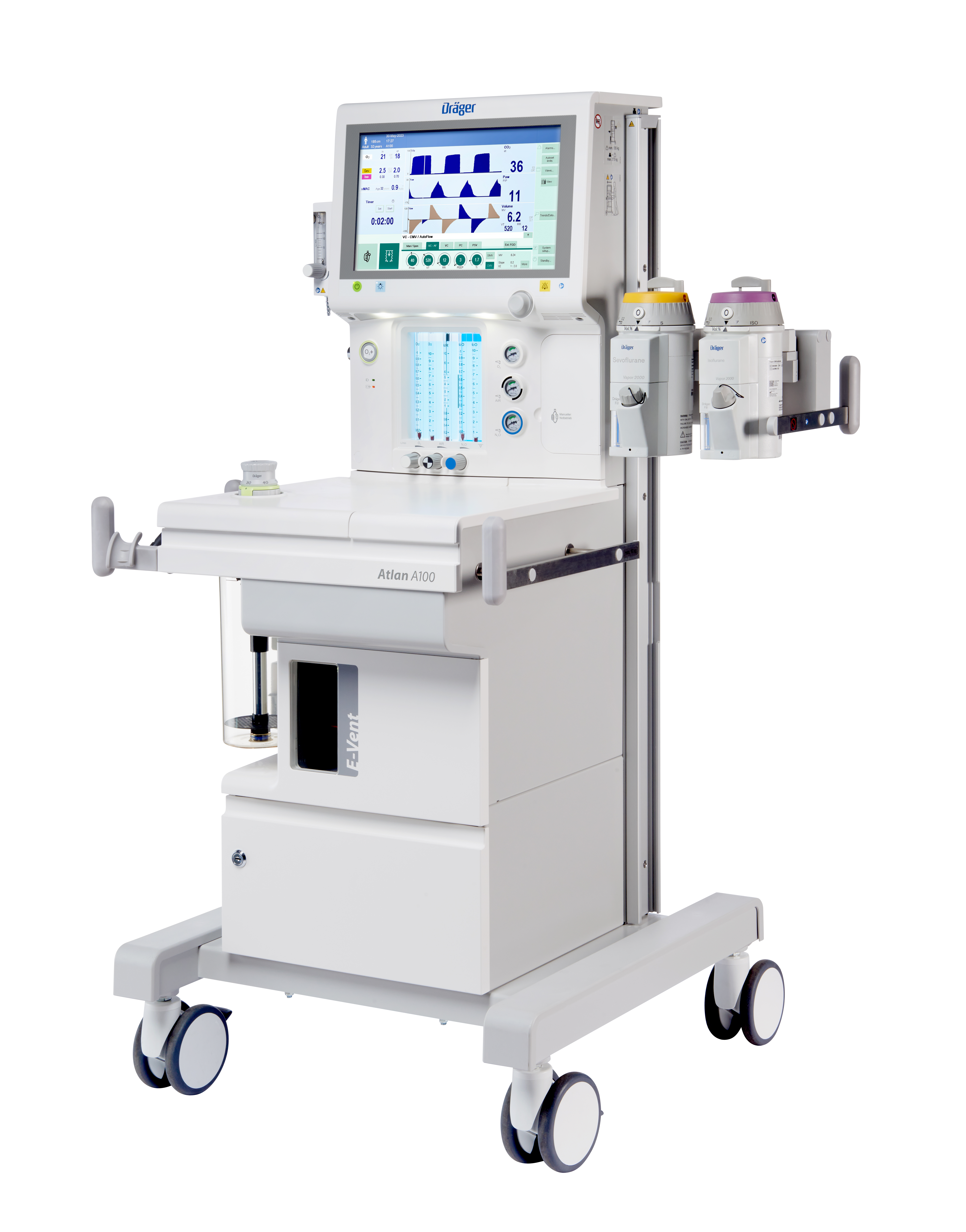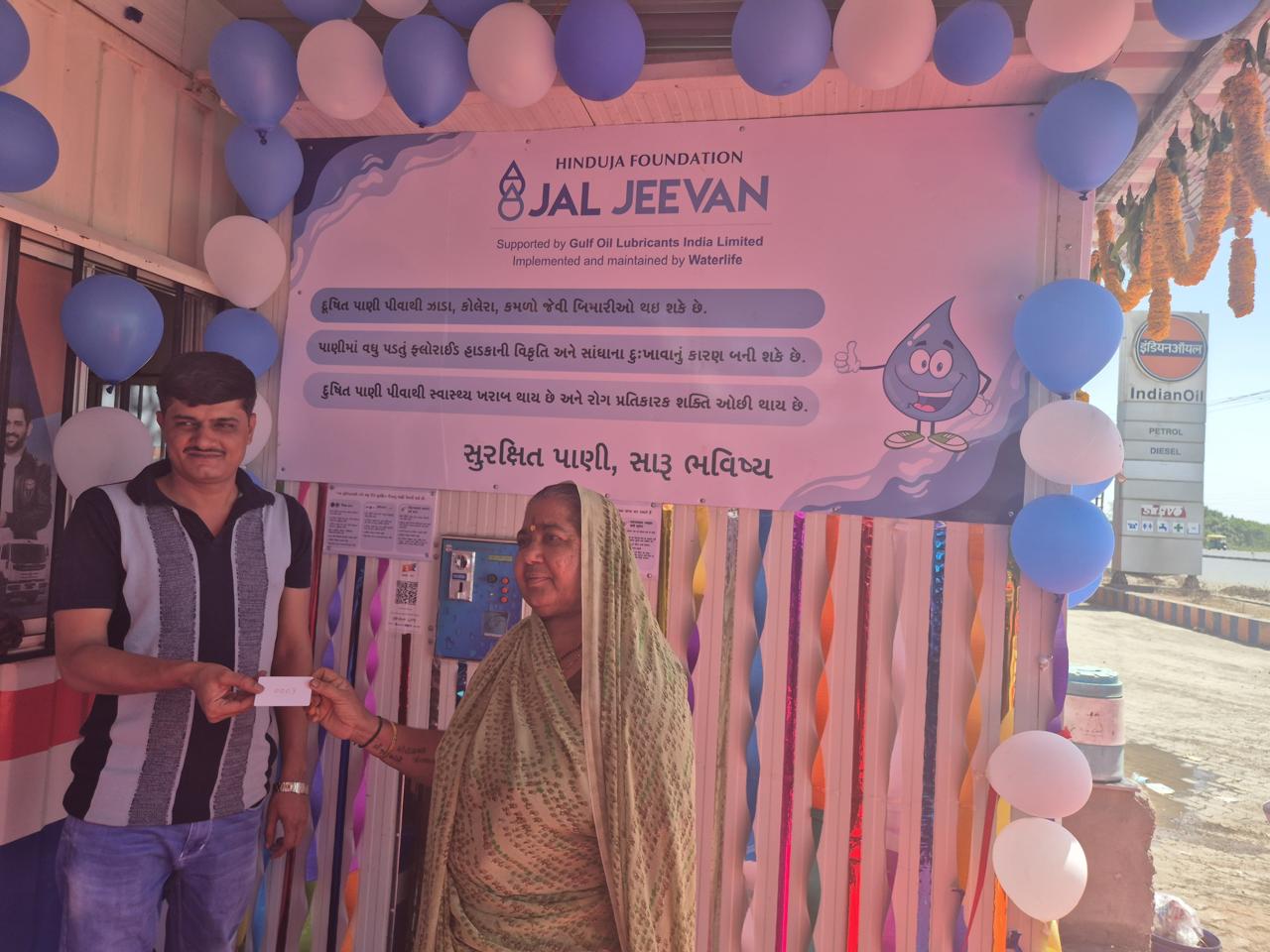The field of spinal surgery has witnessed a great achievement with the successful execution of Kerala’s first 3D-printed titanium cage surgery at Starcare Hospital, Kozhikode. This pioneering procedure, led by Dr. Fasal Rahman, marks a major leap forward in minimally invasive spinal treatments and sets a new precedent in advanced spine care in South India.
By integrating Endoscopic Transforaminal Lumbar Interbody Fusion (TLIF) technology with 3D printing, this surgery has opened new doors for precision, safety, and faster recovery in spinal treatments. The breakthrough is not just a testament to Kerala’s growing expertise in cutting-edge medical procedures, but also a significant moment for patients suffering from severe spinal disorders, fractures, and degenerative diseases.
Spinal disorders can be debilitating and life-altering, often requiring complex surgical interventions to restore mobility and reduce pain. Traditional spinal surgeries, while effective, often come with long recovery periods and risks of complications. The introduction of 3D printing technology in spinal surgery addresses these concerns by providing personalized, high-precision implants that perfectly align with a patient’s spinal structure.
The 3D-printed titanium cage used in the procedure at Starcare Hospital acts as a structural support, facilitating bone growth and spinal stability. This technique is particularly useful in cases where spinal fusion is required, such as in degenerative disc disease, severe fractures, and tumors.
The success of this surgery Is a major milestone for medical advancements in Kerala. It signifies that Indian hospitals are not just adopting global innovations but are also leading in the implementation of advanced medical solutions.
What Is a 3D-Printed Titanium Cage?
A 3D-printed titanium cage is a custom-designed implant created using additive manufacturing technology. The implant is precisely crafted to match the patient’s unique spinal anatomy, ensuring better fit, stability, and long-term effectiveness. This technology significantly improves biocompatibility and enhances bone integration, leading to a more successful spinal fusion.
Unlike traditional spinal implants, which are mass-produced and require adjustments during surgery, 3D-printed implants are tailor-made. This minimizes surgical trauma, reduces operative time, and enhances postoperative recovery.
How Does Endoscopic TLIF Work?
The Endoscopic Transforaminal Lumbar Interbody Fusion (TLIF) technique is a minimally invasive spinal procedure that allows surgeons to access the damaged spinal disc through a small incision. Unlike open surgeries that require large incisions and extensive muscle dissection, endoscopic TLIF ensures minimal damage to surrounding tissues.
Here’s how the procedure unfolds:
1. Minimal Incision: A small incision is made, and an endoscope is inserted to visualize the spinal structures.
2. Damaged Disc Removal: The surgeon carefully removes the damaged disc material, relieving nerve compression.
3. 3D-Printed Titanium Cage Placement: The customized titanium cage is inserted to restore spinal height and promote bone fusion.
4. Stability Enhancement: The implant encourages natural bone growth, helping the vertebrae fuse over time.
This technique reduces pain, minimizes blood loss, and accelerates recovery, making it a game-changer in spinal treatments.
The successful implementation of 3D-printed titanium cage surgery in Kerala marks a paradigm shift in spine surgery. Here’s why this achievement stands out:
1. Precision and Personalization: Unlike traditional implants, which come in standard sizes, 3D-printed cages are custom-made for each patient’s spinal structure. This improves surgical accuracy and patient outcomes.
2. Faster Recovery and Reduced Hospital Stay: Since endoscopic TLIF is minimally invasive, patients experience less postoperative pain and quicker healing. Hospital stays are shorter, and rehabilitation is faster, allowing patients to return to normal life sooner.
3. Lower Risk of Complications: Traditional spinal surgeries pose risks of implant misalignment, infection, and nerve damage. The precision of 3D printing minimizes these risks, ensuring a safer procedure.
4. Revolutionizing Spinal Treatment in India: By successfully executing this surgery, Starcare Hospital has placed Kerala on the global map for advanced spinal procedures. This breakthrough signifies India’s potential to lead in cutting-edge medical innovations.
While 3D-printed titanium cages have revolutionized spinal surgery, their applications extend far beyond. This technology is already transforming treatments for:
Complex fractures (jaw, limbs, skull)
Bone loss due to tumors or infections
Customized prosthetic implants
As 3D printing technology continues to evolve, it promises to reshape modern medicine, offering hope to patients with complex orthopedic and spinal conditions.
For patients suffering from chronic back pain, spinal injuries, or degenerative disc disease, this innovation offers a safer and more effective alternative to traditional spinal surgeries. With reduced risks, improved outcomes, and shorter recovery times, the future of spinal surgery in India looks brighter than ever.
As hospitals across India embrace cutting-edge technologies, the healthcare landscape is set to witness a new era of precision medicine. The success of Kerala’s first 3D-printed titanium cage surgery is just the beginning ushering in a future where customized, patient-specific treatments become the norm rather than the exception.
With continued research, training, and investment, India has the potential to become a global leader in minimally invasive and robotic-assisted spine surgeries. This landmark achievement by Starcare Hospital is not just a victory for medical science, but a beacon of hope for thousands of patients seeking better spinal care solutions.
The 3D-printed titanium cage surgery at Starcare Hospital, Kozhikode, is a watershed moment for spinal treatments in India. By blending technology, precision, and minimally invasive techniques, this procedure has redefined the future of spine surgery.
As more hospitals adopt 3D printing in surgical procedures, patients can look forward to safer, faster, and more effective treatments. This is not just a medical milestone it is a revolution in how spinal conditions are treated.
For those battling severe spinal disorders, this cutting-edge approach offers a new lease on life, free from debilitating pain and limited mobility. The success of this first-ever surgery in Kerala leads the way for a future where spinal injuries are no longer life-limiting, but fully treatable with advanced medical science.

 For those battling severe spinal disorders, this cutting-edge approach offers a new lease on life, free from debilitating pain and limited mobility.
For those battling severe spinal disorders, this cutting-edge approach offers a new lease on life, free from debilitating pain and limited mobility.










.jpeg)

.jpeg)
.jpeg)

.jpeg)


.jpeg)



.jpeg)
.jpeg)
.jpeg)


.jpg)


.jpeg)
.jpeg)